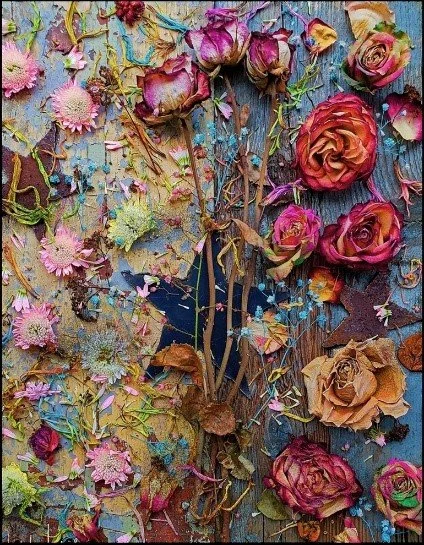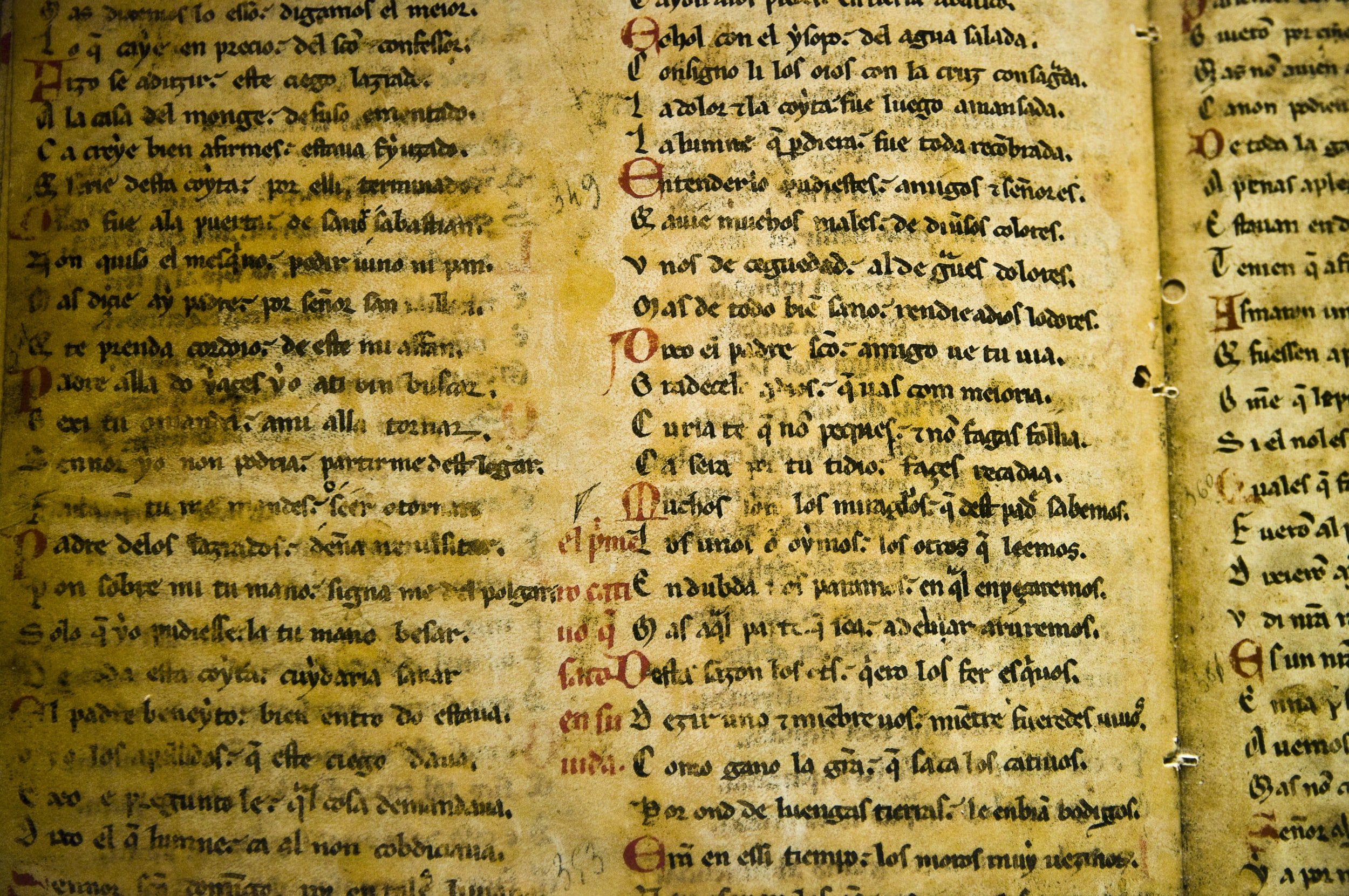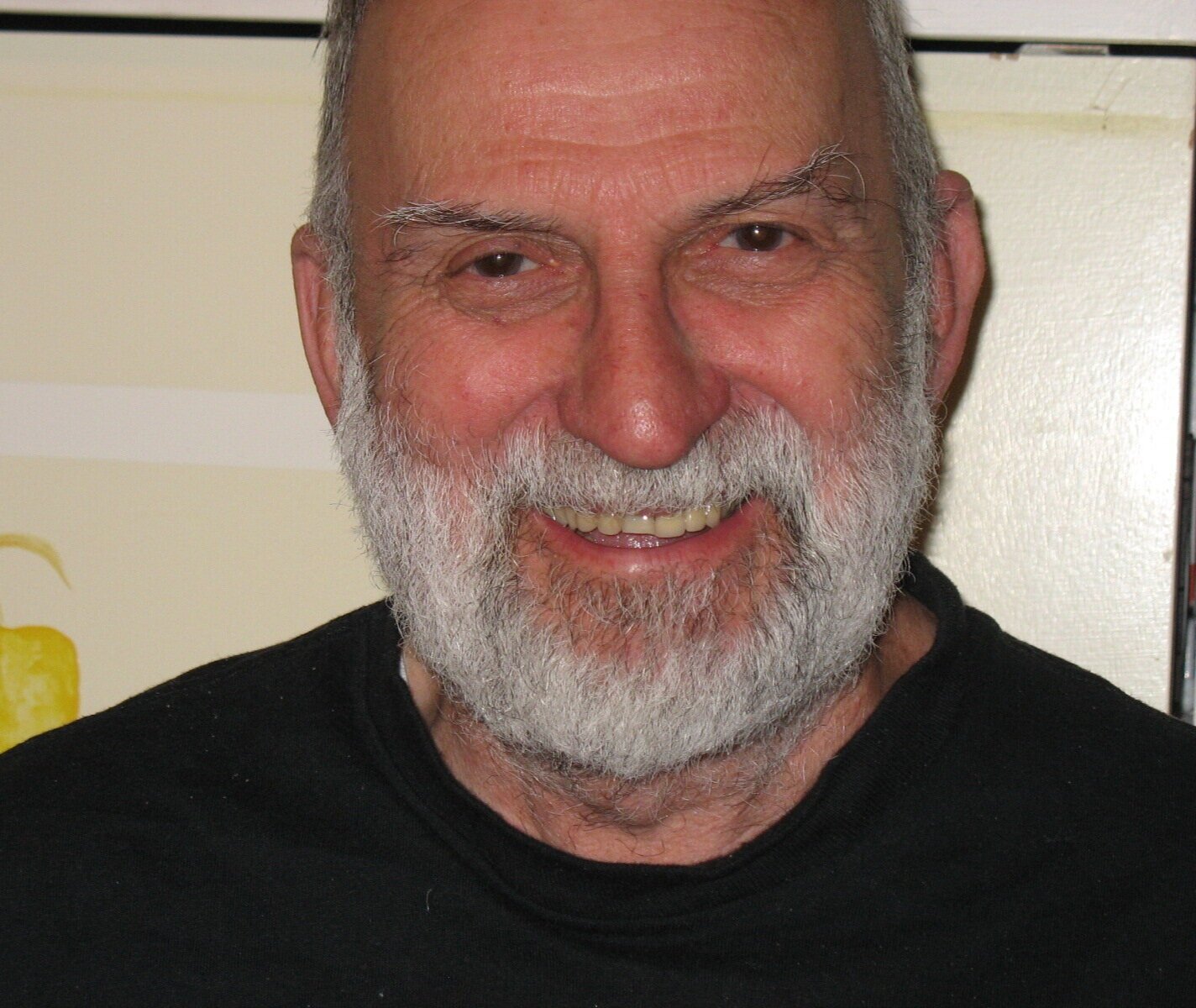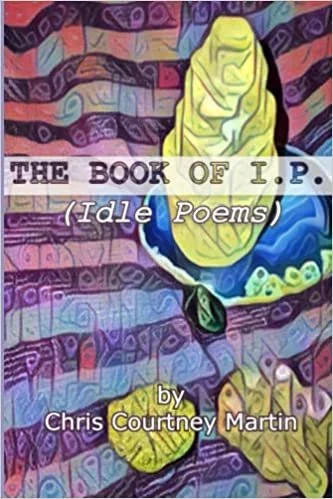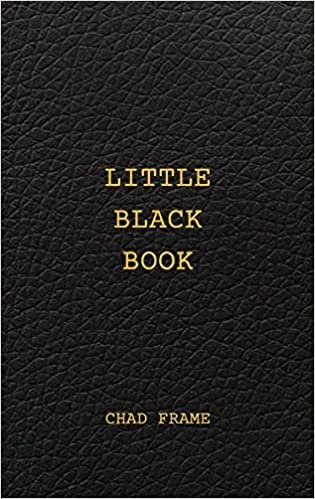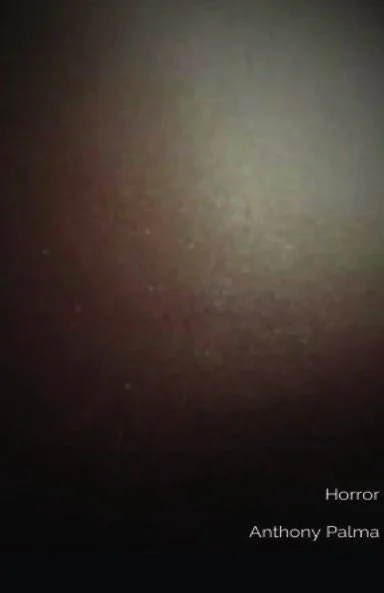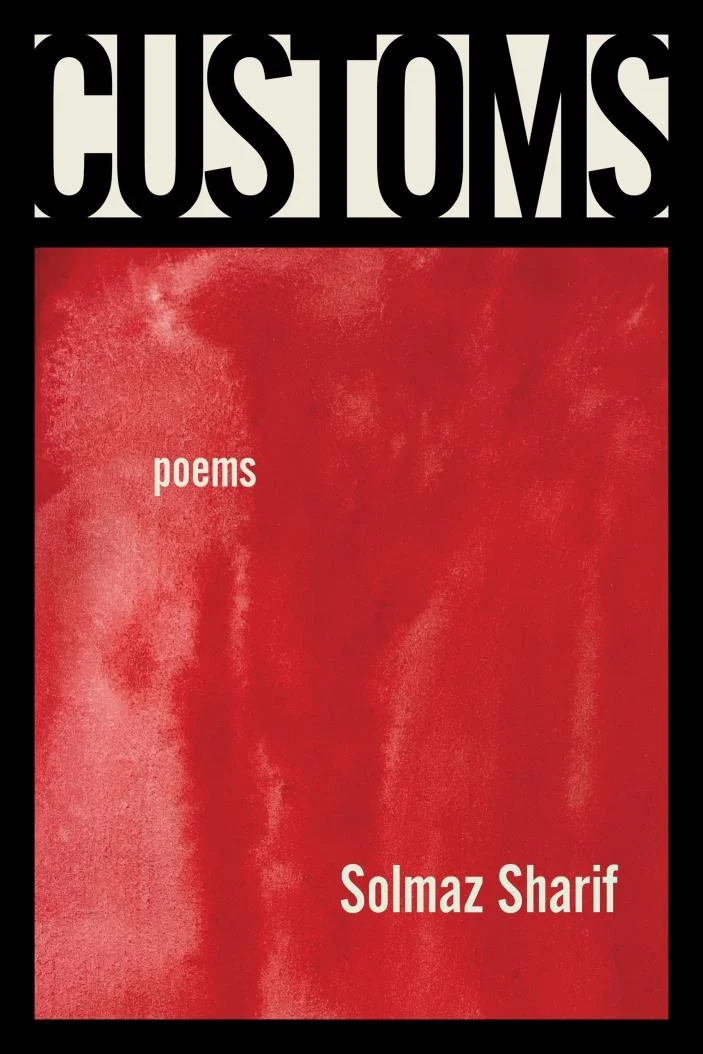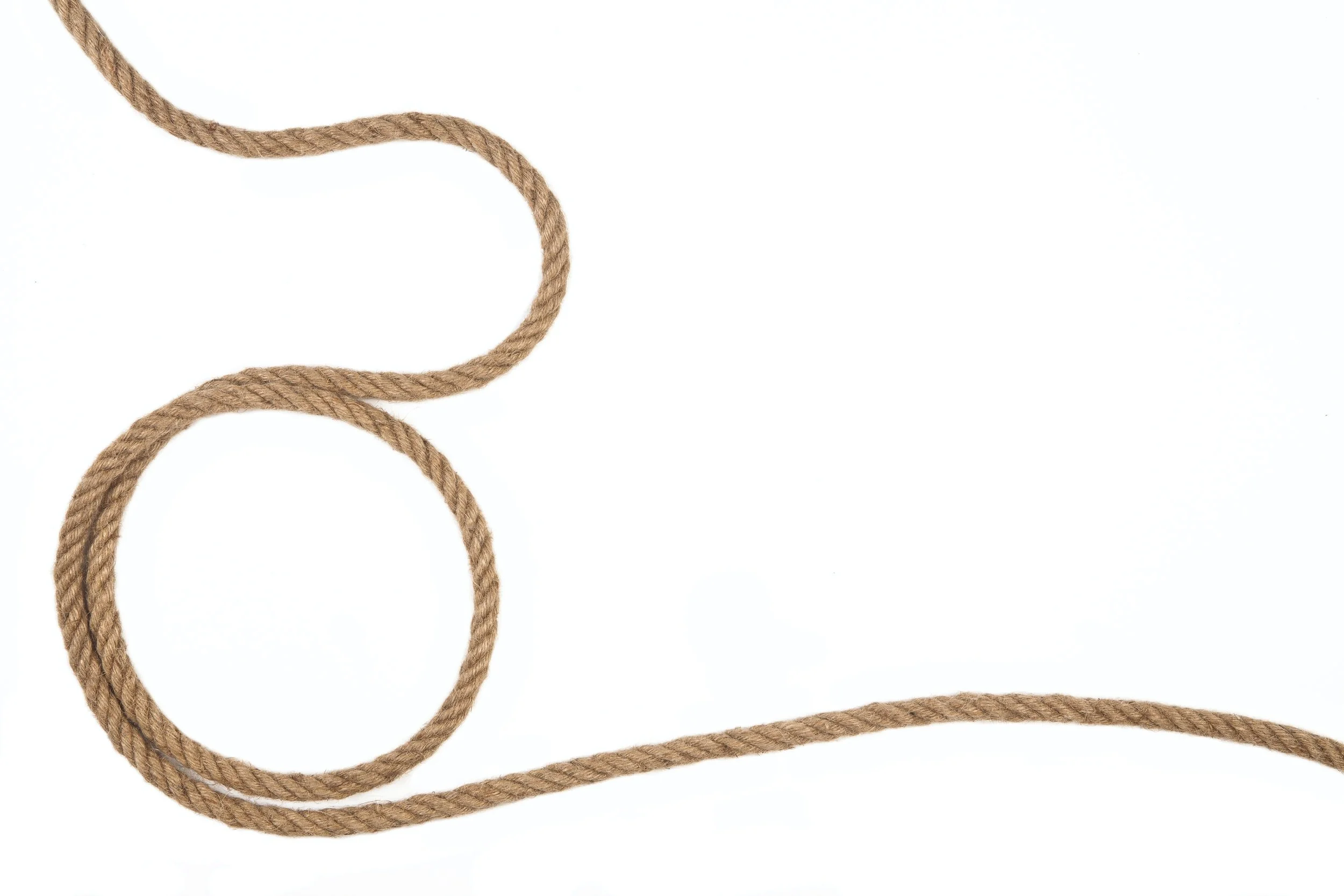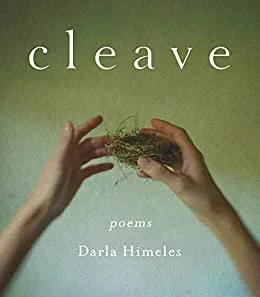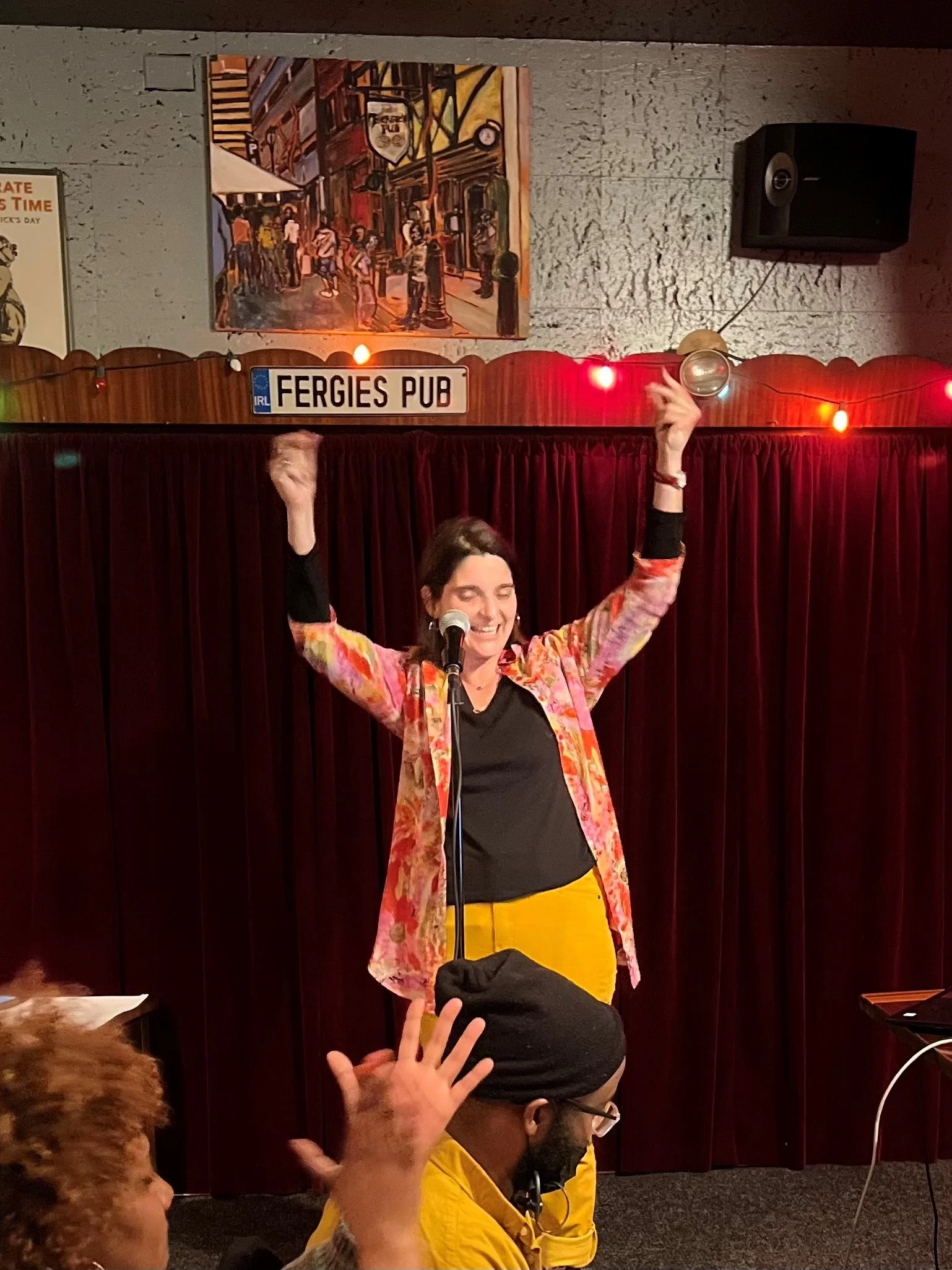Snow White Walks Home from AA
by Maria Masington
Leaves loosen their grip and float, dangle
like gems from her yellow skirt. Oak rubies and
birch emeralds cling to her black hair in a wispy
crown, like the lie of ‘Happily Ever After.’
Maple whirlybirds fly to her feet. Detritus dusts
up like chipmunks racing her along the path,
circling her like reel-to-reel tapes of long-ago
conversations with witches, queens, and small men.
Mushrooms freckle the forest floor. Resentments
pop up again and again, betrayal and injustices,
real and imagined. She believes everything she thinks,
a tale where she is cast as dupe instead of darling.
She tries to remember their names, the Seven. She
knew them before the Fall: Happy, Doc, Bashful,
Sneezy, Restless, Irritable, and Discontented. Miners
of seven deadly sins, we dig, dig, heigh-ho, heigh-ho.
She loses focus, her eyes jewelers’ loupes,
magnifying and misinterpreting outdated
conversations, tiny slights, and unintended harms,
rewriting history to suit her mood and attitude.
Acorns plunk like cocktail olives onto the trampoline
of the decaying forest floor. Squirrels’ trapeze above
her head, chiding her to face the girl in the mirror,
chattering that she should stop biting the poison apple.
Step-by-step, foliage crumbles under high yellow heels,
powdery remnants of resentment in the woods’ musty air.
A mile in her sober shoes, flakes of jewel-toned leaves
speckle her silk stockings and anger clings to her soles.
What are you interested in as a writer? What do you hope to bring forth with pen and paper?
I was a social worker for many years. I search for meaningful words to decrease the stigma of mental illness and addiction and give voice to those unseen and unheard. I write about single fathers on pediatric oncology wards, women who miscarried, and ignored seniors. The more we understand, the more inclusive we become. Poetry provides a framework to tackle social issues in ways that are honest without being lofty or preachy. The aim is always to be courageous. Many of my poems are written in first person - but they are not autobiographical - I just want people to connect and have a voice.
Your poems often deal in hard truths but still find space for humor. How do you balance these elements in your poems? Why is humor an important tool for you?
That's a great question. I like to think of my writing as "brave" but others have labeled it "dark." There's a limit to how much heaviness we can carry - as readers or audience - so I always bring in humor. Life is difficult, but I also want to celebrate through laughter. (and to be honest, not everyone agrees with me, but I think I'm funny).
Do you have any rituals or writing practices that you regularly engage in to jump start or re-engage your writing?
That's a hard "no." I have no formal training or education in writing. I have my own office with a desk but almost all the work is done the night before critique groups meet so I have something to bring to the table. It's not professional or glamorous - a couch, poodle, cup of coffee and laptop while low-rent TV plays in the background. I take a prompt or a note I wrote on a piece of scrap paper and patchwork together with whatever is causing me angst or amusement. I do attend critique groups religiously - that constructive feedback is essential - I usually do one edit, bring to a second critique group and then either edit a final time or ditch an idea. Would the work be better and more prolific if I was more disciplined? Probably. Am I going to change how I work? Probably not.
Your chapbook, Mouth Like a Sailor, was recently awarded 1st place by the Delaware Press Association. Can you tell us a little about the collection and how it came together?
A few years ago - I took a huge stab in the dark- and submitted for the Dogfishhead Poetry contest. A longshot but I scored an Honorable Mention - so thought maybe there was something there. I spent the next couple years learning about the arch of a book, etc....
During mandatory lockdown I was a featured reader at Mad Poets Livin' on Luck open mic. It was a rough time for everyone so I stuck to light, funny stuff. Matt Lake - who I'd never met- was in attendance and reached out asking if I'd be interested in working together toward a publication. I had to be honest and let him know that what he'd heard was not reflective of my work - so he may not be interested. He was still game and said to send him what I had - I was delighted when he offered to publish it as a book. Matt really championed me from there.
I planned to call it Destiny of the Modern Day Gladiola but did a Facebook poll with 4 options - Mouth Like a Sailor was the unanimous choice. When Matt found the postcard of the female sailor smoking - now the cover - I named her "Lenora" and knew we were onto something. So many people comment on the bookcover - Matt really hit a homerun with that choice.
You are involved with a number of writers’ organizations (including Mad Poets), writing groups, and even host an open mic. How to you balance being enmeshed in a literary life and actually finding time to write?
It's just luck - I started writing after getting a Delaware Division of the Arts fellowship to attend a poetry retreat when I was already in my late 40's and my youngest kid was almost done high school. I'm acutely aware of how fortunate I am - an empty-nester who lives with a super supportive partner and has a lot of work flexibility. I don't make an income from writing and I'm not trying to set the world on fire. I emcee both as a professional and volunteer - so unless it's a paying gig, I draw a boundary when the "writing things" stop feeling like artistic expression and start feeling like work - that's when I back off for a while.
Where can readers check out more of your work?
Mouth Like a Sailor can be purchased at Between Books in Arden - inside the Oddporium - Greg has been a big supporter. If you Google "Maria Masington Amazon" you'll find the book and most prose, anthologies, etc...
Maria Masington is a poet, author, and spoken word artist from Wilmington, Delaware. Her poetry has appeared in over thirty publications including Adanna, The News Journal, The Fox Chase Review, Gargoyle, The Broadkill Review, Earth’s Daughter, and Never Forgotten: 100 Poets Remember 9/11. She has had seven short stories published in both local and international press. Maria belongs to The Mad Poets Society, works as “your friendly emcee,” and is a featured performer on the local art scene. Parnilis Media, aka Matt Lake, released her first chapbook, Mouth Like a Sailor, in 2021. It was awarded first place by the Delaware Press Association and The National Federation of Press Women for poetry.
John Wojtowicz grew up working on his family’s azalea and rhododendron nursery in the backwoods of what Ginsberg dubbed “nowhere Zen New Jersey.” Currently, he works as a licensed clinical social worker and adjunct professor. He has been featured on Rowan University’s Writer’s Roundtable on 89.7 WGLS-FM and several of his poems were chosen to be exhibited in Princeton University's 2021 Unique Minds: Creative Voices art show at the Lewis Center for the Arts. He has been nominated 3x for a Pushcart Prize and serves as the Local Lyrics contributor for The Mad Poets Society Blog. His debut chapbook Roadside Oddities: A Poetic Guide to American Oddities was released in early 2022 and can be purchased at www.johnwojtowicz.com. John lives with his wife and two children in Upper Deerfield, NJ.






